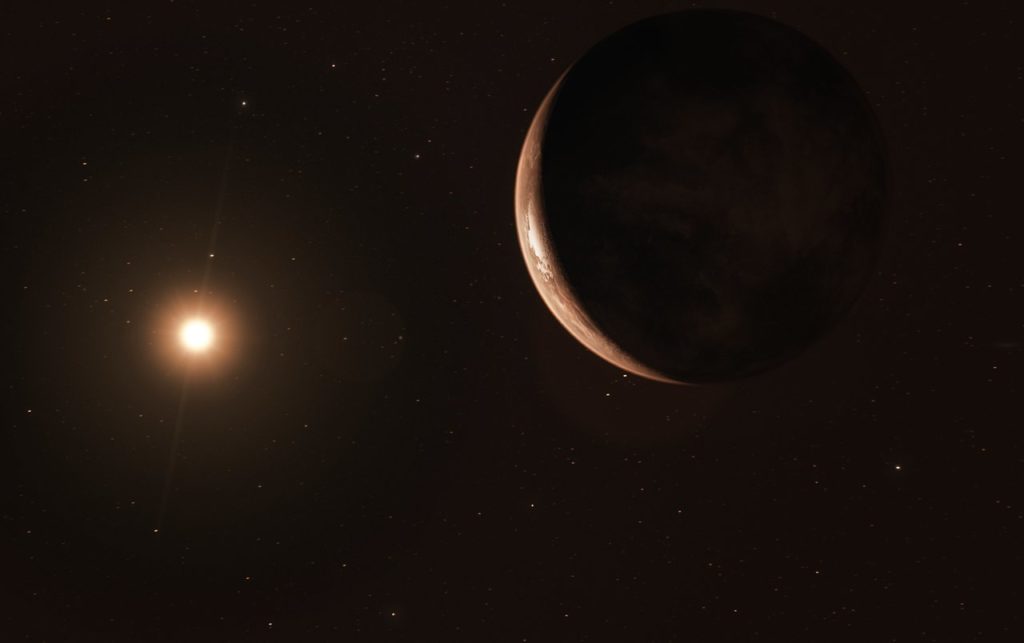
In May of 1990, an Arizona couple were honeymooning at the Grand Canyon. One of them, Dean Ketelsen, set up a huge pair of WWII-era Japanese battleship binoculars on the rim, sometimes looking down into the Canyon, sometimes up at the stars. He and his wife Vicki soon found themselves a center of attention, with lines of tourists forming at the binoculars for a peek at whatever they had to show.
Dean, an optician at the University of Arizona Mirror Lab, now known as the Richard F. Caris Mirror Laboratory, the birthplace of the world’s largest monolithic telescope mirrors, was also a tour guide at the Kitt Peak National Observatory and an ardent amateur astronomer. He and Vicki saw an opportunity for sharing the night sky at one of the world’s finest natural attractions. They decided to try a more formal outreach event at the Canyon, and, with the cooperation and approval of the park itself, called it the Grand Canyon Star Party (GCSP) [Read more…] about The Grand Canyon Star Party
Share This:
